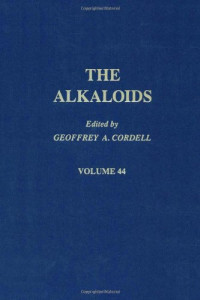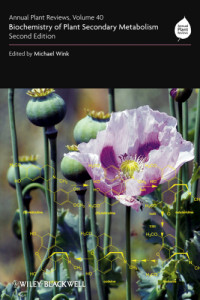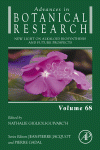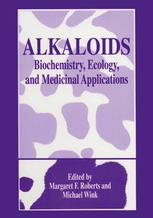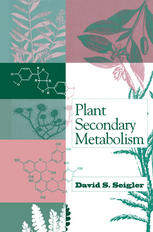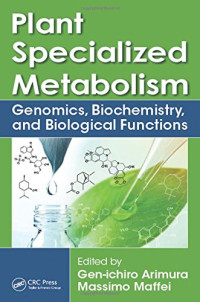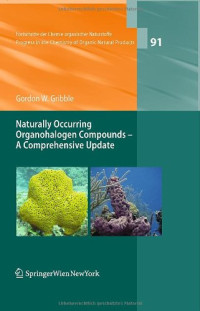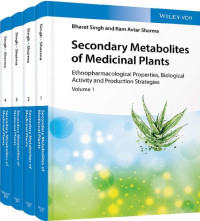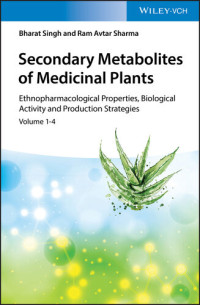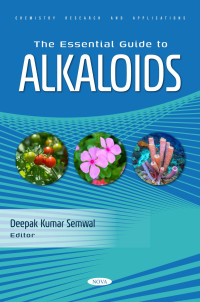
Solanaceae and Convolvulaceae: Secondary Metabolites: Biosynthesis, Chemotaxonomy, Biological and Economic Significance (A Handbook)
Prof. Dr. Eckart Eich (auth.)1. 1 Philosophy and Aims of this Book 1. 1. 1 The Large Solanales Families as a Topic Solanales are from the Mid-Cretaceous (stem node age: 106 my; crown node age: 100 my) (Bremer et al. 2004). Solanaceae and Convolvulaceae are sisters represe- ing the two large families of this order. Their last common ancestor lived about 70 my ago (Durbin et al. 2000). The main objective of the author is to focus on aspects of our extensive knowledge of secondary metabolites in the plant kingdom in order to account for the specific competitiveness and productivity of these two large Solanales families. To this end, it has been necessary to take a bird’s-eye view of 200 years of phytochemical research on the Solanales, since first scientific reports with regard to both families were published in the early nineteenth century. Due to an almost complete lack of phytochemical reports (one single exception) on species of the three remaining, very small families of the order (see Chap. 2), they have not been considered. 1. 1. 2 General Role of the Secondary Metabolism for a Specific Characterization and Classification of Plant Taxa While traditional systematics generally focused on morphologic-anatomical char- ters of plants, in some cases chemotaxonomic aspects with regard to low molecular secondary metabolites were also considered. However, plant biochemistry and chemotaxonomy normally played a minor role in classification.
 Amazon
Amazon  Barnes & Noble
Barnes & Noble  Bookshop.org
Bookshop.org  转换文件
转换文件 更多搜索结果
更多搜索结果 其他特权
其他特权 
